S. Lee Manning: It is now officially spring, except of course in Vermont, where it goes from winter to mud to summer, but that’s not my topic today. Today is Easter. Happy holiday to all of you who celebrate it, but that isn’t my topic, either. For Jews, we are officially into the second full day of the eight days of Passover – so hag sameach. (Means happy holiday.)
Today, for those non-Jewish readers and writers who don’t know much about the Jewish holiday of Passover – I thought I’d offer a primer – in the form of questions and answers. After all, the four questions that are asked at the Seder table (get to that in a minute) are at the heart of the holiday.
So here goes:
1.What is Passover?On Passover, or Pesach– as we call it –Jews around the world celebrate freedom. We were slaves in Egypt; we’re not anymore. Pass the horseradish and the matzo.
2. The horseradish? Why horseradish?It’s just one of those required items we eat at the Seder (yeah, I know, I promised to explain the Seder, still getting there.) We eat horseradish to remind ourselves of the bitterness of oppression. It’s also useful for drowning out the flavor of gefilte fish, which, while not a required ritual item, is a traditional item eaten for Passover dinner, reminding us all that our grandmothers slaved over hot stoves to boil white fish down into a gooey mass for the ritual meal– and now we are free to just pop open a jar of the stuff made by Manischewitz and serve it. The jarred version tastes nothing like fish. Tastes nothing like anything your grandmother would have made. But we’re celebrating freedom, and anyway the gefilte fish is slathered with horseradish, so who cares? Slather paper in horseradish – and it’ll taste the same as gefilte fish. You also put horseradish on matzo, by the way, that’s part of the ritual at the Seder (getting there).
3. About that matzo, what is it? Why do you eat it?Matzo is the bread of affliction. I mean it, both figuratively and literally. It symbolizes the fact that when Jews fled Egypt, they had to move fast, and the dough didn’t have time to rise. Instead, the dough baked in the sun as a flat tasteless sheet that kind of resembles a cracker– although that’s insulting to crackers. To this day, we celebrate our freedom by foregoing all bread and eating matzo – which in its original form also does something not so good to our insides – which also is why the Seders in my youth involved cooked prunes as part of the desert. Things have improved since those carefree days – now matzo comes flavored with fruit juice, or as whole wheat – with five grams of fiber; thus, we can forego the cooked prunes. And, also, to be fair, I’ve always loved matzo bri – which is sort of like French toast, only with matzo.
4. So, no bread for the Seder – whatever that is? Or no bread for eight days? Well, this depends on your level of observance. The orthodox not only forego bread; they don’t eat anything made with wheat except matzo or products made from ground-up matzo. The orthodox not only just eat matzo, it has to be matzo specially made for Passover. It’ll say so right on the box. Kosher for Passover. Same with everything else. I mean everything. Bottles of Coke have to be kosher for Passover. Dishes. Orthodox Jews have a separate set of dishes, just for Passover – so actually four sets of dishes. One set of dishes for meat. One set for anything containing dairy. And the separate meat and dairy dishes for the rest of the year – that are put away for the week of Passover. The orthodox scour their houses right before Passover to clear out any possible crumb of non-Passover food. They blow torch their ovens to eliminate even a molecule of non-kosher for Passover food – and a blow torching can have deleterious effects on an electric appliance. One of my more religious cousins wanted to blow torch the oven of a religious – but-not-quite -as-religious aunt. She refused to allow it. He covered the inside of the oven with aluminum foil. Four hours later, with the turkey for the celebratory meal completely raw, my aunt ripped out the silver foil. The cousin refused to eat.
Non-orthodox Jews differ in what they eat and won’t eat for the eight days. My parents would eat normally, except they swore off bread. Me, I’m not religious. I eat matzo for the Seder (yeah, I know – getting to it) and maybe for a day or two beyond that – trying to honor my ancestors and my heritage – but usually somewhere around the 4thday, I’m sick of it – and I sneak off for a thick slice of Elmore Mountain bread and peanut butter.
5. What is a Seder? So, here we are finally. Seder means order. It is a ceremony before the meal on the first and second day of Passover that retells the story of the Jews leaving Egypt, punctuated by drinking wine and eating various ceremonial foods – like the above discussed horseradish, and to do this retelling, Jews read from a booklet called a Haggadah. The traditional Haggadah is in Hebrew and English. When we went to Seders on my mother’s side of the family, we read the English; we read the Hebrew; my uncle would then discuss what various rabbis actually thought the text meant; we’d discuss our personal views on what the various rabbis thought the text meant, and we’d wind up eating dinner at maybe eleven at night. There would be an hour or two left of the ceremony after the meal, but my father, who would have been barely holding in his impatience all evening, would stand and announce – time for the book of Exodus – and we’d troop off.
The highlights of the Seder are as follows: The four questions – chanted in Hebrew by the youngest child able to chant in Hebrew – about the food and the rituals with answers that all come down to – we were slaves. We’re not. The blessings on food and wine: then you get to eat the ritual foods and drink the ritual wine. The reciting of the ten plagues: on the naming of each plague, we dip a finger in the wine to remove a drop – to try to show that we sympathize with the Egyptians who had to suffer because their Pharaoh was a jerk.
There are less traditional Haggadahs, incorporating stories of oppression that are more contemporary and expanding the universe of concern to everyone fleeing or fighting persecution. Then, there’s the reader’s digest version of the rituals– cut out much of the story and the rabbinical discussions and skip to the blessings on the wine, the horseradish, the matzo etc. – and then dig in to the meal. These days, I tend to go for the Seders with some combination of the two.
6. Are there other ritual foods and important aspects to the holiday that aren’t discussed here?Of course there are. And there’s tons of information on line. I am just providing a few highlights from my personal experience. And, okay, it wasn’t four questions – it was six questions. Details. Details.
So happy holidays. Hag samaech. May the gefilte fish be with you.

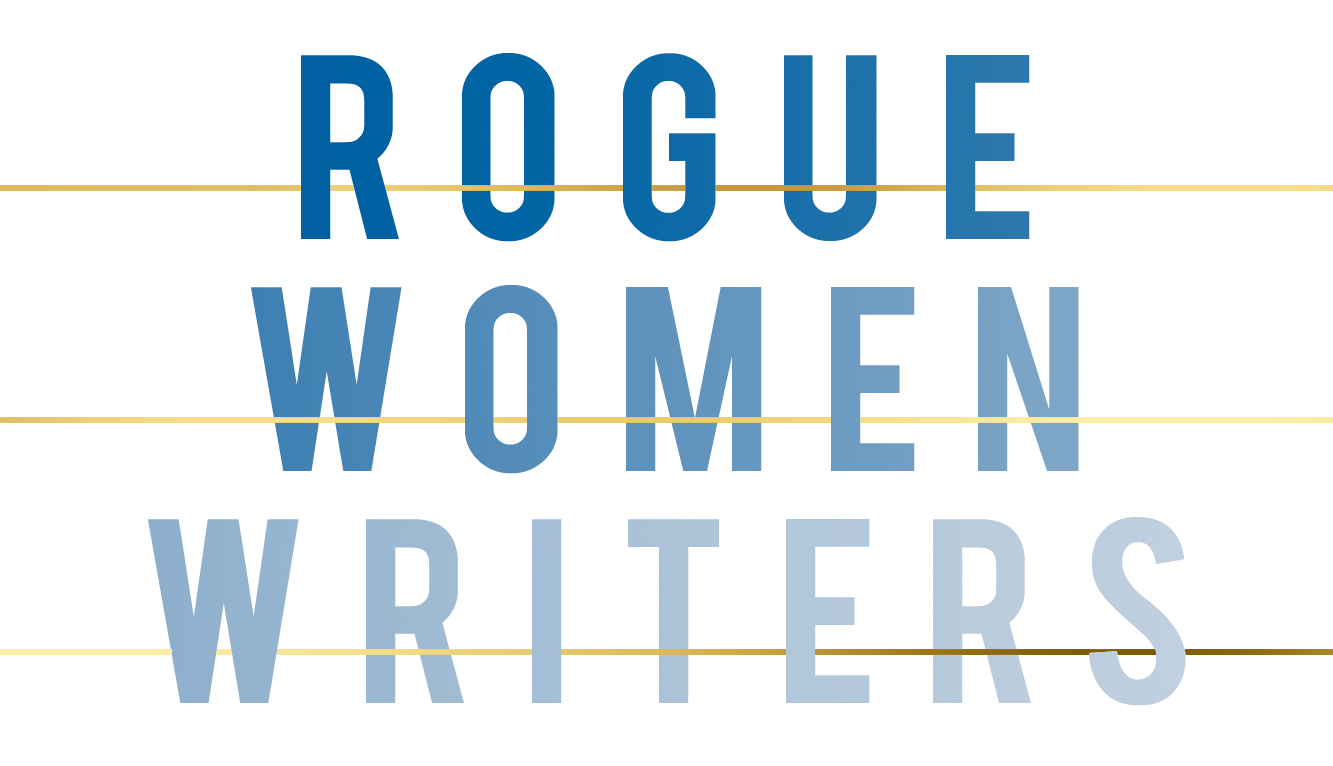


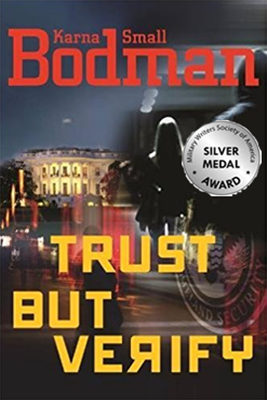
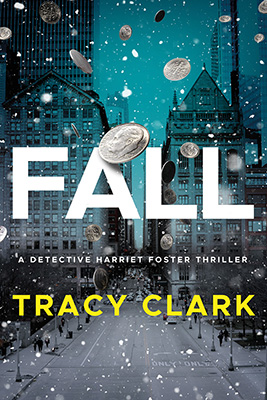
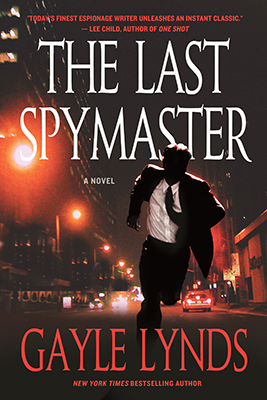

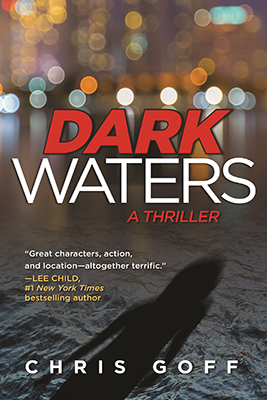
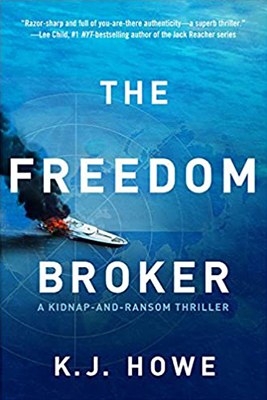
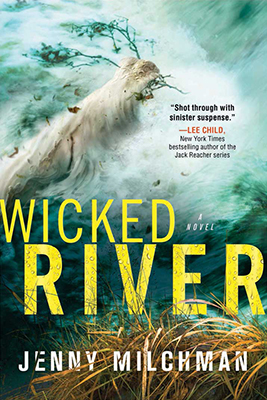
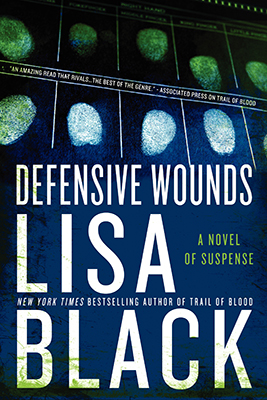
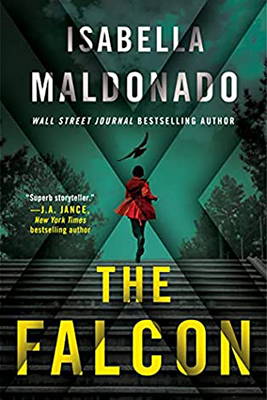
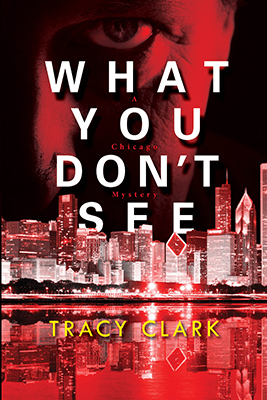
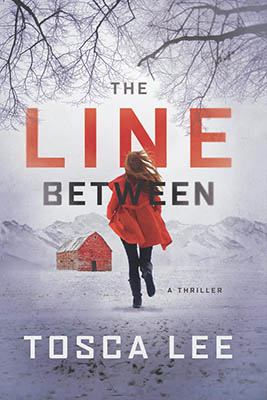
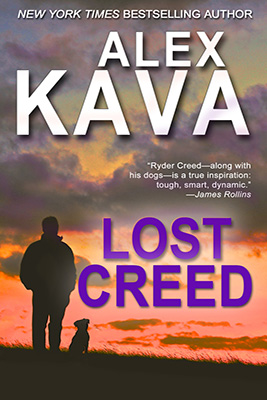
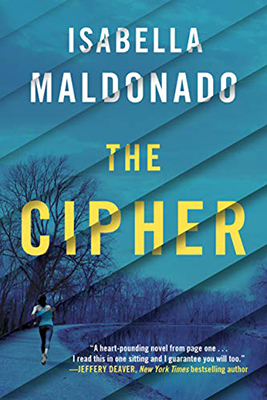
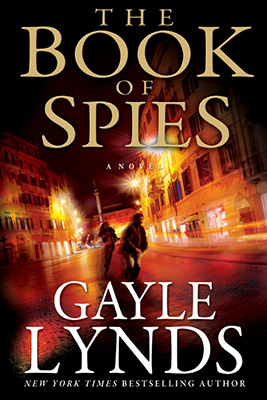
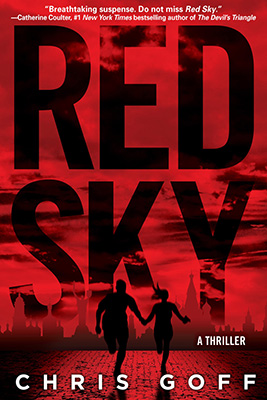
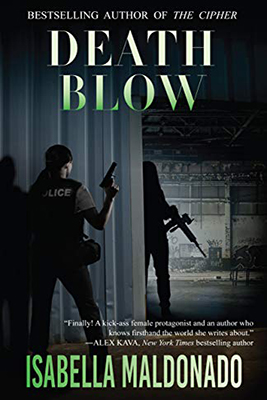
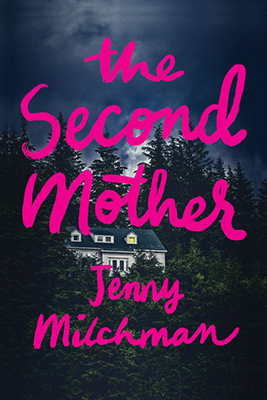
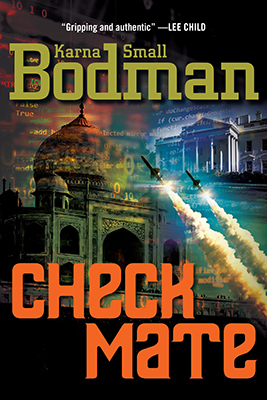
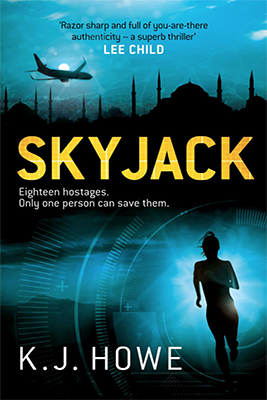
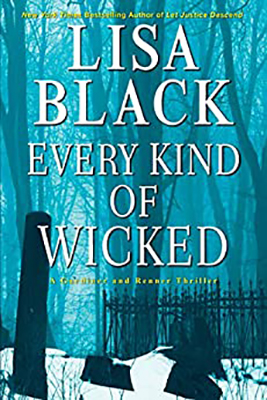
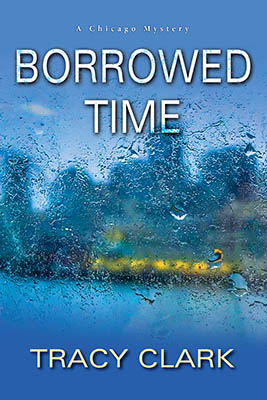
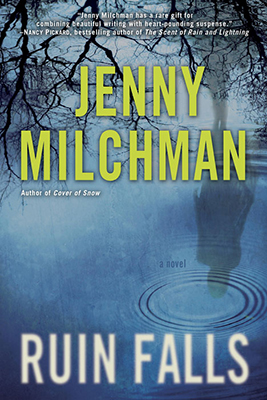
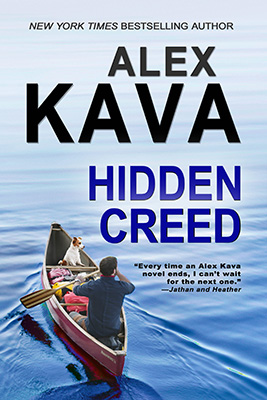
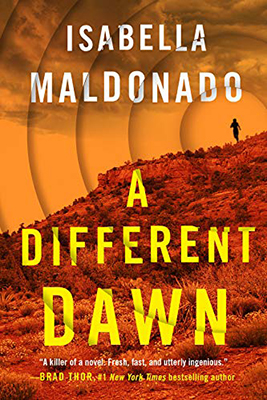
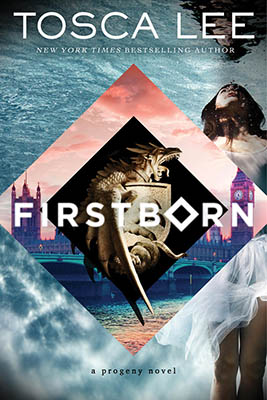
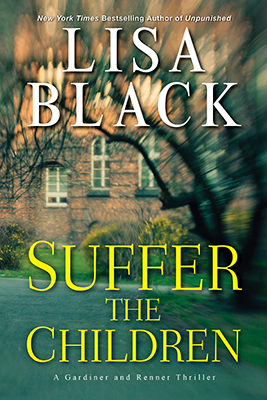
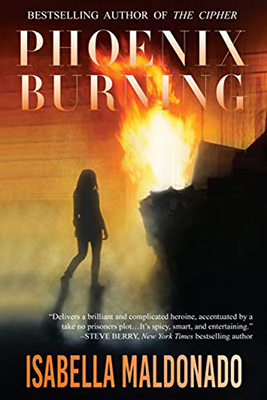
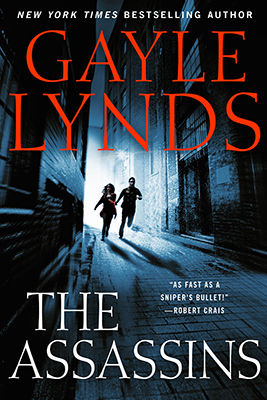

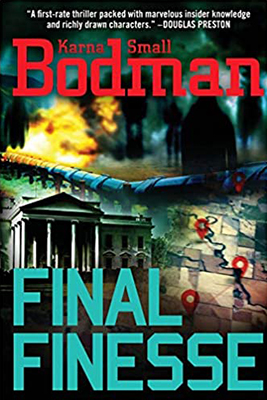
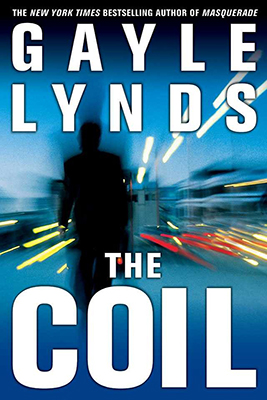
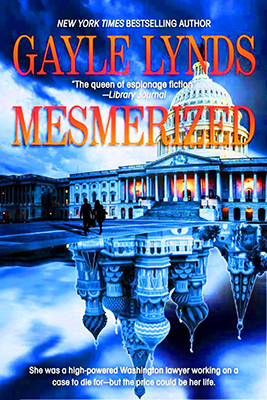
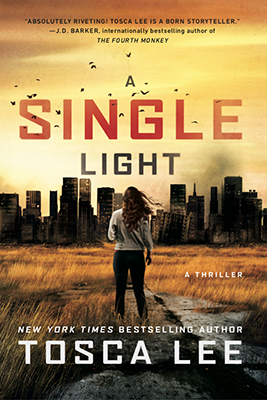
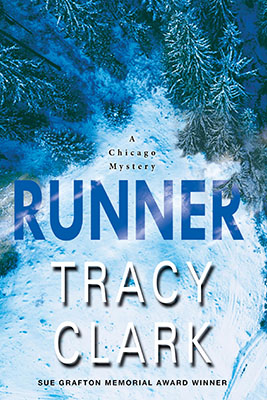
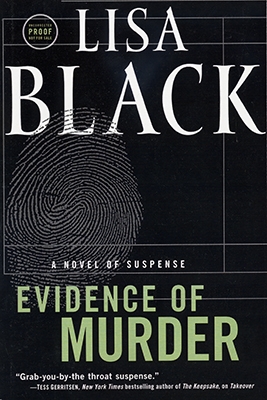
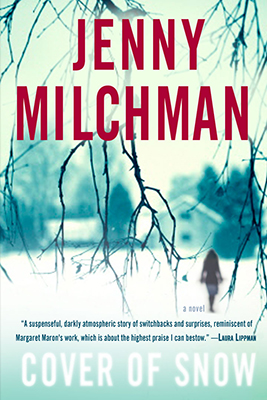
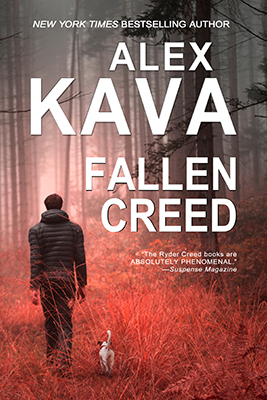
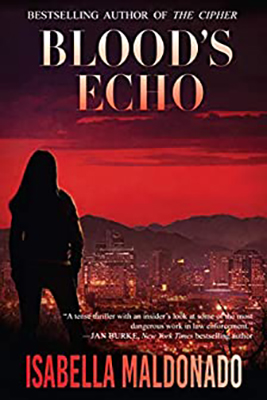
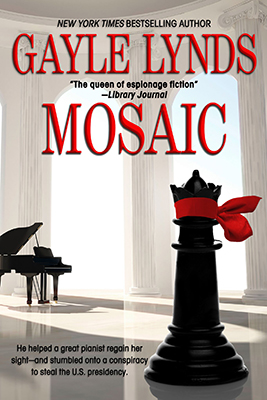
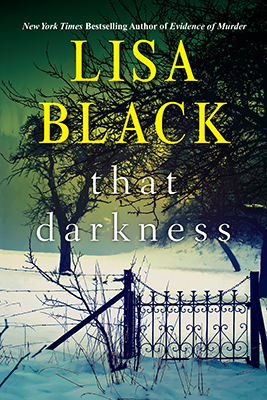
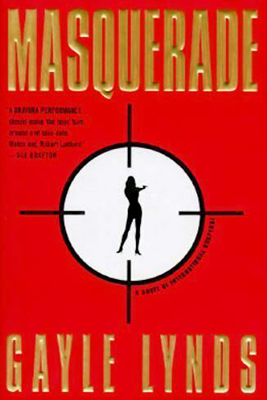
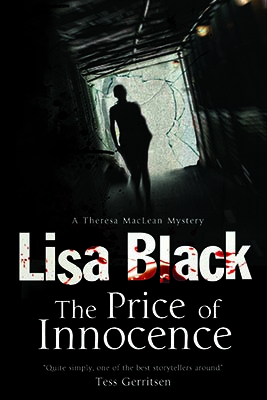
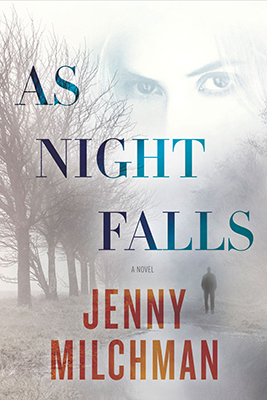
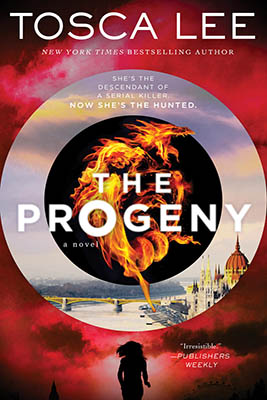
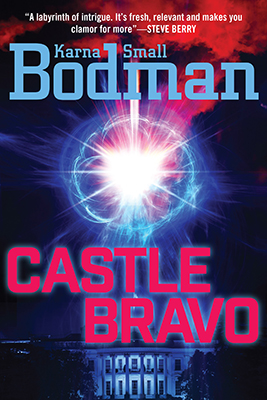
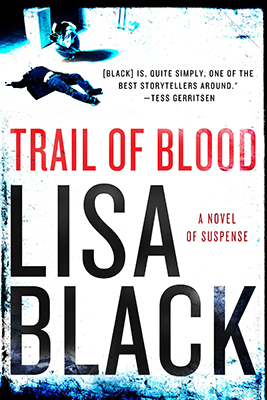
Happy holidays, Sandy! Not being Jewish, but having a lot of Jewish friends, I appreciate the primer. Definitely helps so that I know what everyone's talking about. Your descriptions stirred some memories of a wonderful novel I read years ago, PEOPLE OF THE BOOK, by Geraldine Brooks.
This cracked me up. Made me think of all my crazy relatives, and that it's important in these holiday times to love ALL our family and friends alike.
I love Jewish food. There, I've said it. Of course, you've named some dishes I don't … like gefilte fish … but otherwise mostly yum. This is no doubt a protestant response in which all holidays = food. A wonderful wonderful blog, S. Lee. Thank you!!!!
Such an interesting post, Sandy! It reminds me of the series of books by Christian Jacq about the Egyptian Pharaoh Ramses who ruled at the time of Moses. Now you've shown us how so many traditions were created back then. Thanks for the history lesson!….Karna Bodman